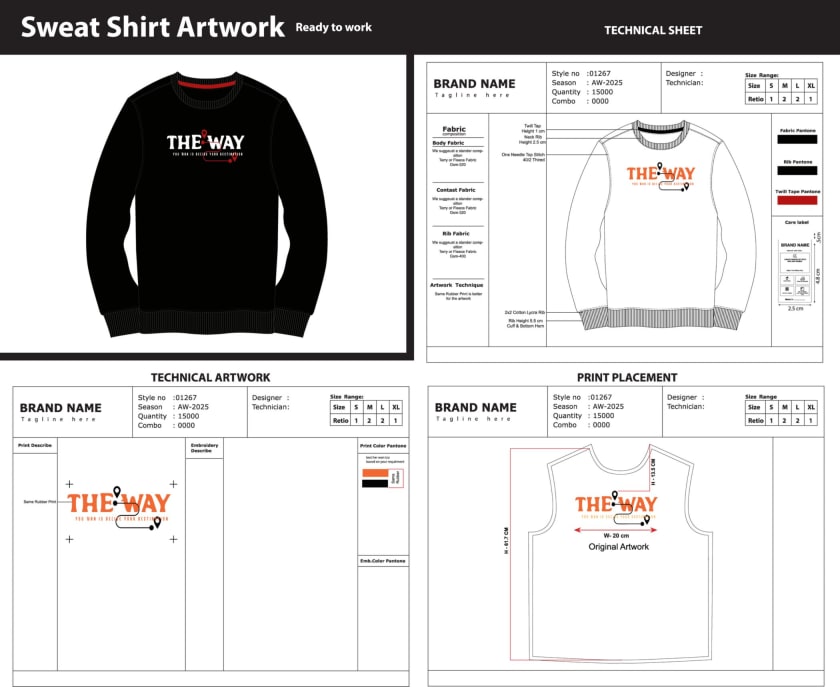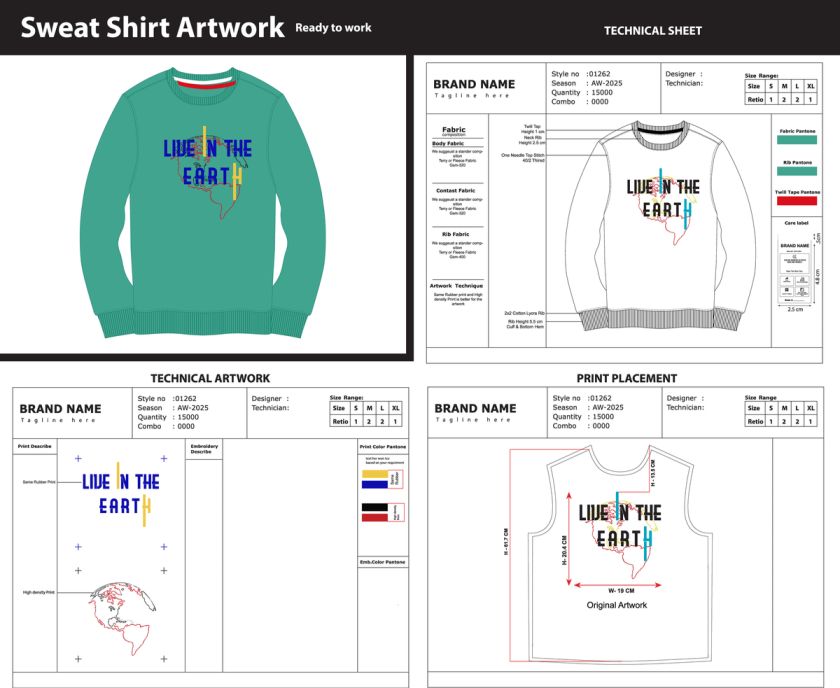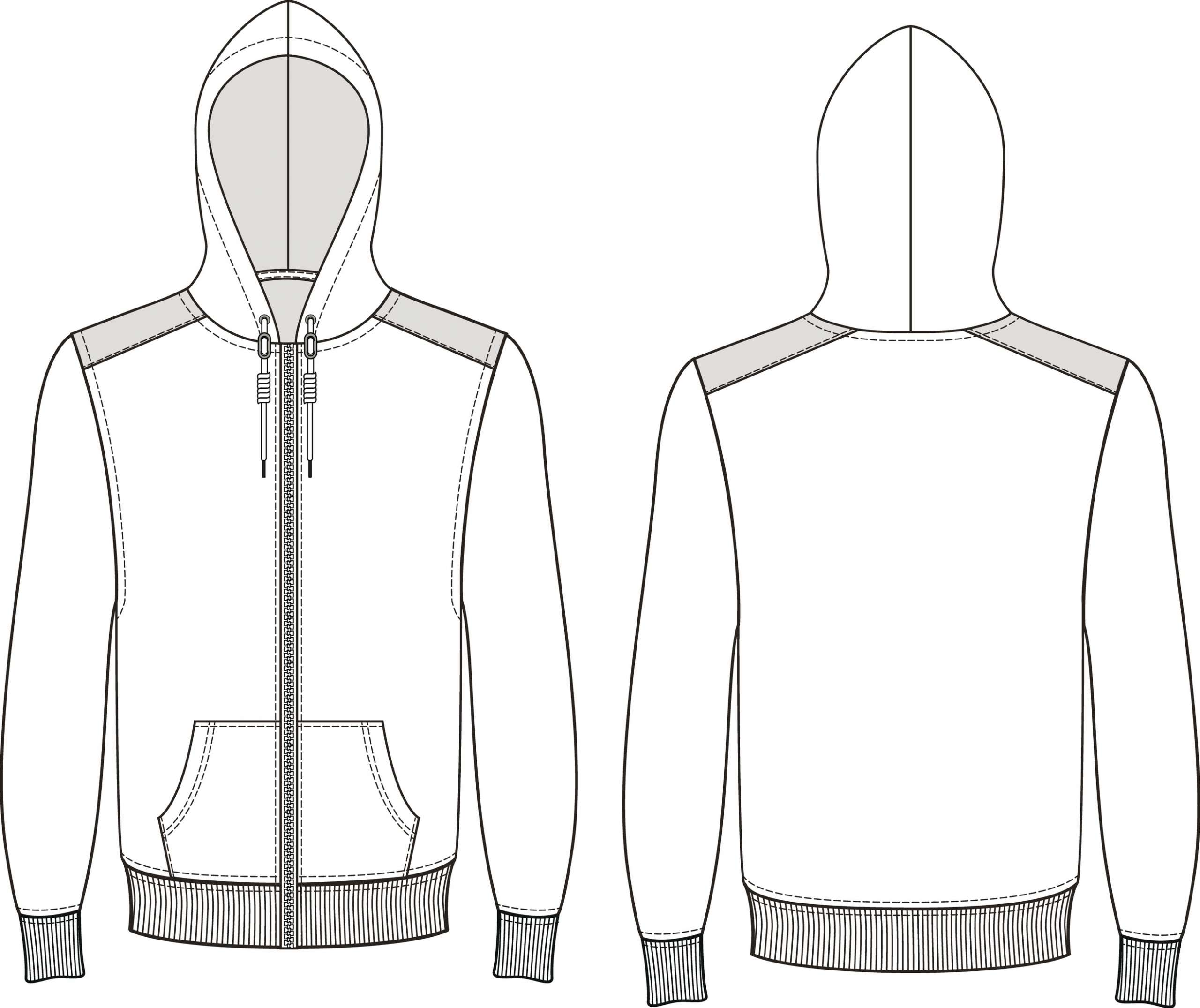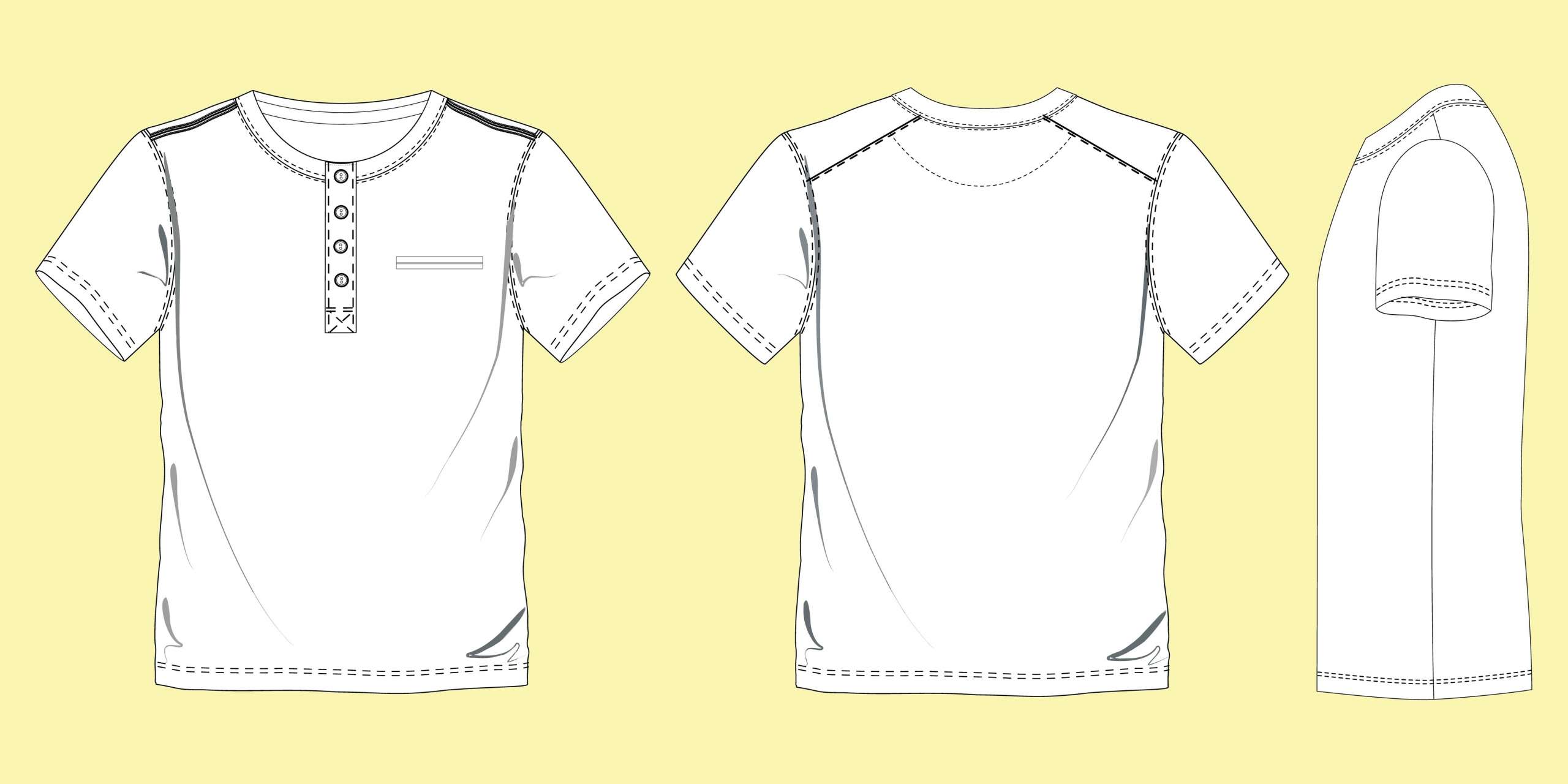Excel vs. Techpacker: Pros & Cons of Creating Tech Packs Using Both



The most critical component of any business, especially the fashion industry, is keeping logs of manufacturing and production processes. Every minute detail can help significantly later on. That is why all designers and purchase managers create tech pack fashion sheets to have the said details and records.
What Are Tech Packs?
Tech packs are a form of document that consists of all the details of any shipment of clothes. This document mainly includes a lot of technical details that help in the manufacturing process over time. Tech pack fashion sheets also benefit the designer a lot since they don’t have to rely on just remembering the details related to clothing. It is not even possible without records.
The technical data of the tech packs cover a wide range of details. Here are some of the most listed aspects of clothes production and clothes sourcing:
- Description:

The description is a reasonably obvious section yet fundamental. Here one can find the title or name of each piece of clothing, and it can also be categorized in multiple sections like upper or lower clothing, scarfs, and more accessories clothing, and so on.
- Construction:
The process and instruction to create the specific piece of clothing is included in this section. In addition, it has drawings of the clothing article with necessary details like pockets, sleeves type, neckline or collar types, etc. The measurements and dimensions of these details are also noted in the same section for better guidance to the production manager.
- Material:
Only listing how to make and create the cloth is not enough. Informing the material of the clothing piece is essential since it is an important and essential factor that directly impacts how the cloth turns out. Materials cotton, silk, wool, and more are listed in this category with special instructions if they need mixed or blended materials.
- Colour and patterns:
This is one of the most crucial steps of clothes production. All clothes are usually created in numerous colors to provide the consumers with multiple options that boost sales. This is also relevant when it comes to different patterns on the clothes. Another variation is the combination of both colors and patterns.
Naturally, these sections consist of the names of all the required colors. Further details include combinations for different parts of the clothes. For example, the torso may have red color while the sleeves may have black tones to them. Then the quantity of all colors and combinations are listed. The same listing process is followed for patterns. Different patterns like floral, polka dots, geometric designs, etc., are named, and their quantity is noted.
- Quantity and size charts:
The order will be placed and manufactured after the company is informed about the quantity of the orders. The size is important because the quantity is mentioned based on it. For example, 50 clothes of L (large) size, 30 clothes of M (medium) size, and 40 clothes of S (small) size. The size is usually categorized in XS, S, M, L, XL, XXL, and XXXL.
- Delivery details:
Ordering is not the last step; in fact, it is far from last. After the order is placed, the manager has to keep in touch with the production company to check the shipment and update the document with the latest progress. It will include the date and time of delivery, delivery address, the amount to be paid, noting down and deducting any advance payment, and some more sections found like feedback, faults, special instructions, comments, and a list of things needed for the productions such as buttons, brochures, etc. The primary purpose of a tech pack is to be the medium of communication between the desi and the producer. The more accurate and crisp the tech pack, the happier you will be with the results.
It will also create room for many improvements. The things that may have gone wrong in the past shipments can be easily tracked down with the help of tech packs. This will help you adjust the dynamic of the clothing and further enhance the clothes. Purchase managers can track any unfollowed instructions and inform the company as well.
A good tip for conveniently sourcing clothes is to reach out to Fashinza. They are a popular clothes manufacturing company and are acknowledged in the industry for their excellent service. They are known to follow the instructions and guides properly to manufacture the clothes in your vision. They are also thorough with communication of the delivery process.
Using Excel: Pros And Cons

Tech pack fashion has been in use for a long time and therefore has been created on various platforms. The only platform that goes as far back as tech pack fashion is Excel. Microsoft Excel has been the most used document platform for many years now. But just because it has been here the longest does not mean it doesn’t have any cons. Read ahead to read about excel’s pros and cons in tech pack fashion.
Pros:
- Efficient equation features that can calculate all kinds of data quickly.
- Multiple organizing features will help sort everything systematically.
- Multiple sheets that can store data for an extended period.
- No limits in tabs, cells, columns, or rows.
- Creative settings for fonts, sizes, color filler, and more.
- Free software and has been used for years, hence
Cons:
- Too complex sometimes and takes time to get used to the features.
- Image size and enhancement issues.
- Not enough visual creative tools are available.
- An excessive amount of data entry is needed.
- Disconnection between datasheets.
- No extra features for tracking deliveries.
Using Techpacker: Pros And Cons
Techpacker is a reasonably new software created especially for fashion professionals in the industry. It has taken a far more creative and visually pleasing approach that has attracted many industry professionals. The creation of tech packs using Techpacker has been a lot of fun for many fashion creators over the years. Here are the pros and cons of the Techpacker software!
Pros:
- Distinct organizing panels and cells.
- Using design details again and again with convenience.
- More oversized frames and ratio for image insertion.
- Everything is summarized in a single glance.
- Creation of pdf in a single click.
- Multiple features for measurements and dimensions.
- Collaboration with other creators is made easy.
Cons:
- No free version available (only free trial included).
- Lesser years in the industry.
- Calculation and equation features are adequate.
- High subscription prices.
Conclusion
Tech packs are something that needs to be created with extra care. Hence many professionals skip the option of choosing just one platform. Instead, they use multiple apps like Techpacker, Excel, and Adobe Illustrator for their convenience and accuracy. For example, Adobe Illustrator is used to create the visuals and dimensional sketches of the clothing article. At the same time, Microsoft Excel and Techpacker are used for logging the entries and making documents out of them.
Make sure the sheets are created after the input of your production manager as well. This will ensure smooth communication and a comfortable working environment around the workplace. And most importantly, it will minimize the mistakes or accidents occurring in the production and manufacturing process. This mutual understanding will go a long way in the success path of your company!



















